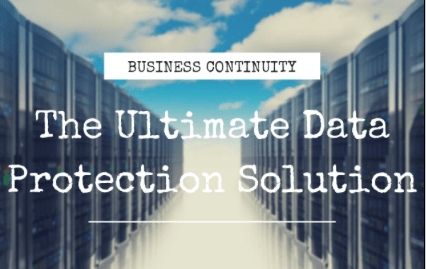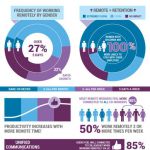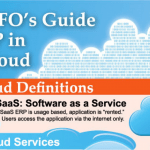Business Continuity Solution: Can a Business Afford Downtime?
Last Updated on September 14, 2023 by Tatyana Vandich
Have you encountered a major disaster at your company? Or do you know anyone that has?

Many of us believe that our business is different and that it won’t encounter a disaster. This mentality can cause a lot more problems if one day a disaster does strike. It is crucial to be well prepared, just in case of emergency, instead of trying to plan AFTER a disaster strikes, which will be too late.
Do you know how long your company’s downtime and costs are? How long will it take your business to recover properly?
Before beginning to implement a plan, get these numbers by using our free Downtime Cost Calculator. You’ll calculate downtime costs by filling in the number of employees affected, their average wage, overhead costs and the revenue lost. Then, for the recovery process, you’ll need to figure out how long it takes to initiate your current recovery process, how often you backup your systems and how many GBs is on your critical systems. The goal is to be able to recover quickly without major downtime and costs.
Now that you’ve used the calculator, is your business safe?
Here are a few key statistics that may change your mind on how you think about planning for a disaster:
- 80% of businesses affected by a major incident either never re-open or close within 18 months (AXA 2007 Report)
- 70% of companies go out of business after a major data loss (Source, UK DTI)
- “An organization’s facilities department must always be in a position to respond to any disaster whether man-made or natural. No time is available after a major disaster for an assessment, thus contingency plans must be in place to avoid as much disruption as possible…” (Varcoe, 1994)
- KPMG Researchers say that 40% of businesses that suffer a disaster go out of business within two years (Felipe Alonso/KPMG, 2000)
Therefore, now that we know that most business cannot afford long downtime, instead of panicking AFTER a disaster strikes get well prepared beforehand. How do you go about this? Follow the steps below.
- Implement a solid and secure Business Continuity Solution
After calculating the necessary figures with our calculator, it’s time to find a solution that will enable safe backup without human intervention, in order to reduce human errors, with a quick and easy recovery process. A hybrid Business Continuity solution, like QBR, is the way to go. It is completely automated where companies are able to secure their data on premises as well as in the cloud from one single platform. ‘Virtual machine’ snapshots are taken by the device, which can be synchronized off-site in the cloud. If a disaster strikes, the recovery process is simple and quick, where you can turn on the device and access the backed up data immediately, or even retrieve it from the cloud.
- Plan, plan and plan some more
Now that you’ve found your Business Continuity solution, it’s time to make a plan of action in time of disaster. Putting preventative measures in place can save your business in the long run. For example, if your business gets flooded or is burnt down, what will you do to continue your business operations? Thankfully, you can access your business data that was stored in the cloud with your Business Continuity solution. Therefore, you’ll need to find a remote office with minimal requirements and equipment for a short period of time, where your employees can work like nothing ever happened.
Need a Business Continuity plan and solution? Contact our Data Security experts today!











